Most Endangered Rivers Victory: Washington’s Skykomish River
After seven years of opposition, activism, and two America's Most Endangered Rivers® listings, the proposed hydropower project at Sunset Falls is cancelled by local public utility district.
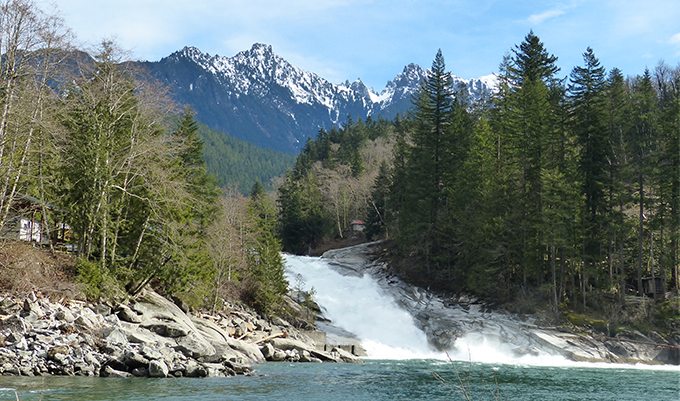
This week, after seven years of opposition to a hydropower proposal put forth by the Snohomish County Public Utility District (SnoPUD) for the South Fork Skykomish River, local activists, tribes, paddlers, river recreationists, and anglers got some good news at the April 10 SnoPUD meeting, when the SnoPUD commission and staff agreed to cancel the Sunset Falls hydropower project and request the Federal Energy Regulatory Commission (FERC) to close the docket on the current application.
“I don’t see a need at the moment for Sunset Falls,” said Commissioner Kathleen Vaughn at the April 10 meeting. The announcement was met with a resounding applause from the audience, which was packed with local residents and activists, whom for years have been vocal in their opposition to the project.
“What the IRP (Integrated Resource Plan) makes pretty clear is that there isn’t a need for a resource like Sunset Falls,” said SnoPUD CEO/general manager Craig Collar, “particularly from an energy standpoint, but also from a capacity standpoint, anywhere in the near future.”
SnoPUD’s Integrated Resource Plan is a long-term strategy regarding future energy resources and provides an action plan for the future. Once the IRP is adopted at the upcoming May 2018 meeting, the Sunset Falls project will be officially cancelled.
The announcement came just one year after the South Fork Skykomish was named among America’s Most Endangered Rivers® of 2017, the second time it’s landed on the list (first time was in 2012).
The proposal for the run-of-river hydroelectric facility at the Sunset and Canyon Falls reach would have rerouted water from a 1.1-mile stretch of the river sending it through a roughly 2,200-foot underground tunnel to a powerhouse at the base of Sunset Falls, thus reducing Sunset and Canyon Falls to a trickle.
The proposed project would have adversely impacted the downstream migration of salmon and steelhead smolts in the spring. According to Tulalip Tribe data, the habitat above the falls represents upwards of 30% of the Chinook natural origin spawners in the Skykomish population and 20% of the Chinook production within the entire Snohomish basin. Chinook salmon are critical to our struggling Southern Resident Killer Whale populations.
Of course, the opposition to this dam goes well beyond just a wild fish perspective. Because of outstanding fish, wildlife, recreation, and scenic values, the South Fork Skykomish has been singled out by a variety of state, regional, and federal agencies for protection. In 1990, it was recommended by the Forest Service as suitable for Wild and Scenic designation. The Northwest Power and Conservation Council identified it as a Protected Area from hydropower development. And it is recognized as the only Puget Sound river in the Washington State Scenic River system. Add to that the power generated from the project would be minimum and come at a high price to ratepayers, operating at a loss for the first 30 years, and the project just doesn’t make sense.
“This is a major victory for everyone who values our region’s healthy, free-flowing rivers,” said Wendy McDermott, Director of the Puget Sound and Columbia Basin for American Rivers. “Thanks to overwhelming public support and determined local activists, the South Fork Skykomish River has gone from ‘most endangered’ to ‘saved’. I commend the Snohomish PUD for making this prudent decision today.”
Although there was overwhelming opposition from locals, the general public, and tribes, local resident and activist Lora Cox was singled out by the SnoPUD staff and commissioners at the meeting for her dedication and work against the hydropower proposal. In a time when the political and conservation landscape is full of hyperbole and sometimes skewed facts, there is a refreshing lesson to be learned from the way Cox approached advocacy, as indicated by Collar and the commissioners.
“I’d like to recognize one stakeholder in particular: Lora Cox,” said Collar. “Lora is no fan of the project and we heard from her more than anyone else. Lora was always polite, always respectful, and she took the time to engage with staff and ask questions. She was receptive to feedback and worked hard to understand this project and engaged with staff in a very graceful way, which we appreciated.”
“I can’t speak about what this means to other stakeholders,” said Cox, “but this was a deeply personal debt that I tried very hard to pay,” she said. The debt she references was a lost battle she fought years ago in opposition to a dam on the Stanislaus River in Northern California. “Little did I know the effort would be all-consuming, requiring huge amounts of time, mental energy, patience, and a bit of money. But the Skykomish River will remain free flowing for quite a while.”
She added, “SnoPUD leadership and commissioners deserve credit for reassessing their realistic need for the minimal amount of power the project would have produced and for wisely deciding to abandon the project. For a public utility to do that is almost unheard of.”

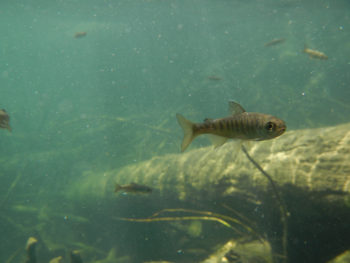
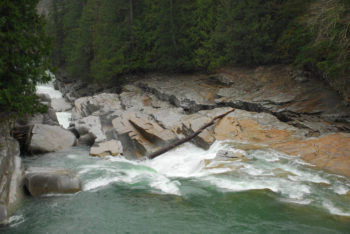

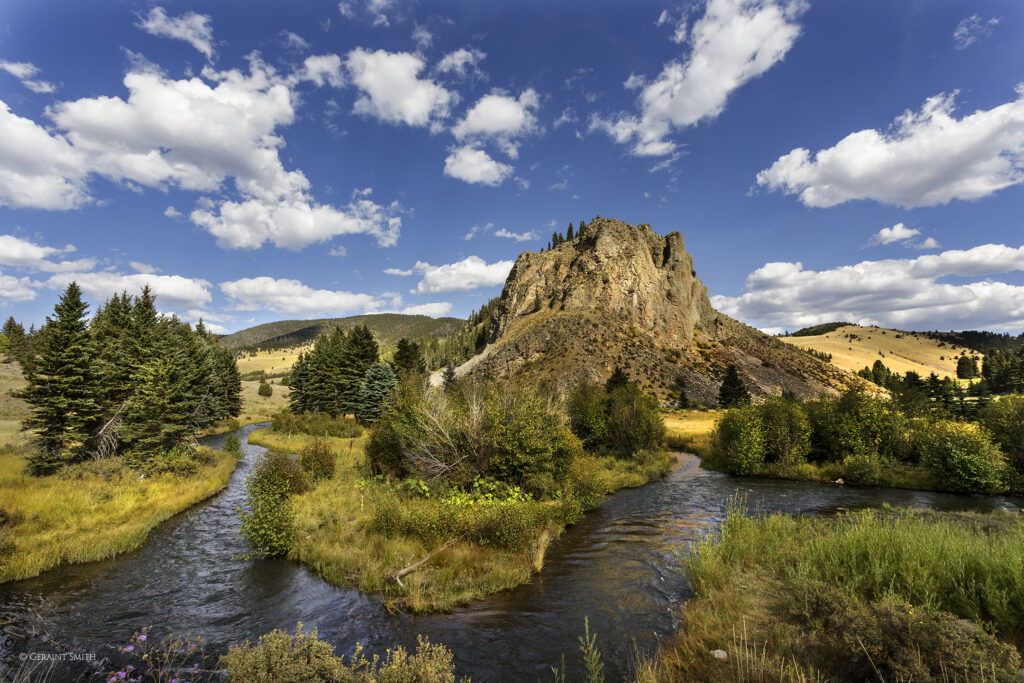
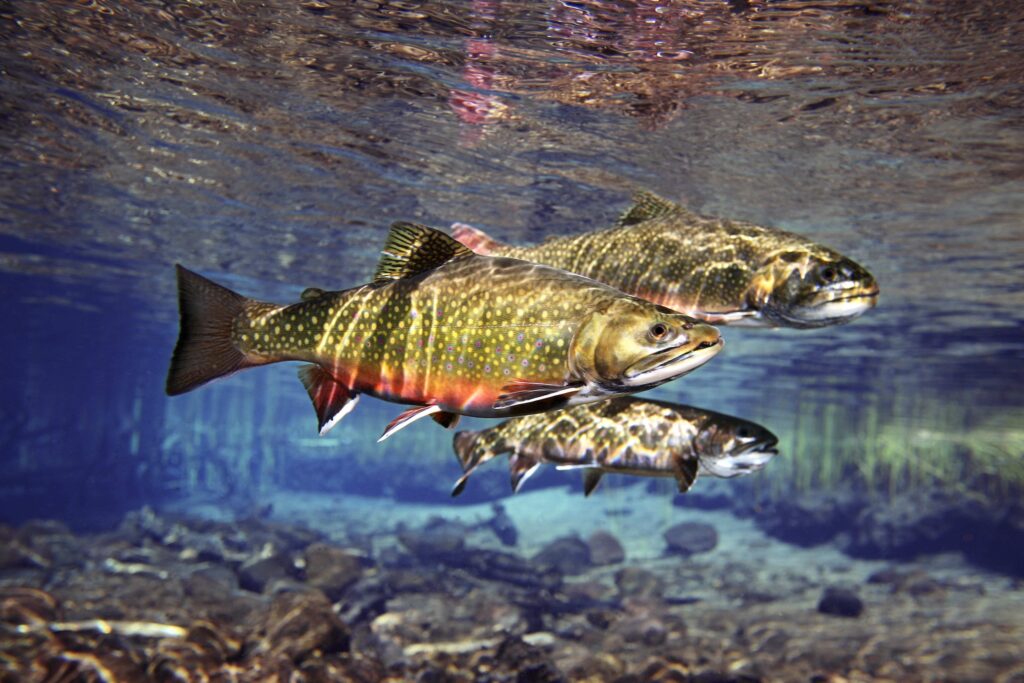
1 response to “Most Endangered Rivers Victory: Washington’s Skykomish River”
Wonderful!
I grew up seeing and hearing the Skykomish River. It’s the sight and sound of ENERY. –
MAGICAL, MUSICAL, MYSTERIOUS.
THANK YOU!!!